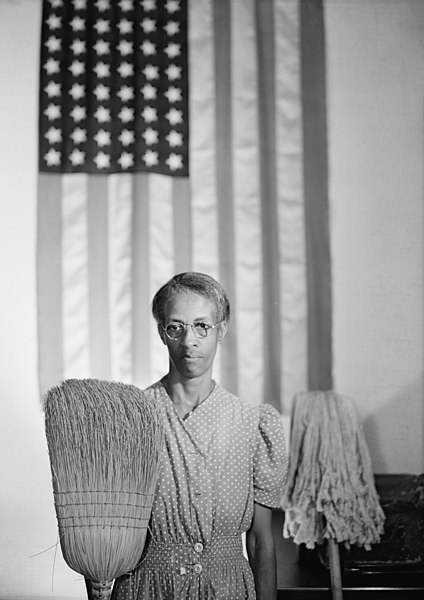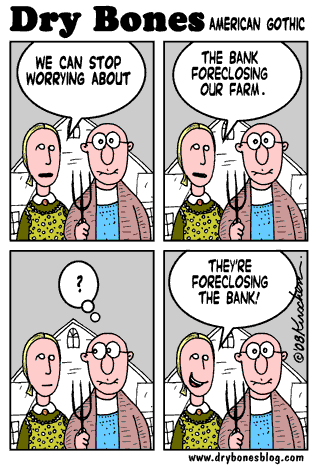
Jan van Eyck. The Arnolfini Portrait. 1434. Oil on oak panel. 82.2 cm x 60 cm. National Gallery, London.
The Arnolfini Portrait (or Portrait of Giovanni Arnolfini and His Wife, or other title variations) is Jan van Eyck’s most famous painting. The main misconception about this painting is that viewers today tend to believe this painting caused so much controversy because it depicts a wedding scene with an-already pregnant bride. Whether or not she is pregnant is still up of interpretation, but it is not why this portrait has become a famous work of art. The reason for the painting’s great appeal is seen through both its subject matter and significance.
The subject matter has a number of interpretations, though they all agree the painting is a depiction of a united couple. What is actually happening between the two figures is what is up for discussion. Some interpretations of the scene are: a wedding, a betrothal, or the most significant, a “power of attorney” where a husband declares that in his absence, his wife may act on his behalf. The significance of the subject matter is the very fact that it is not definite what the scene is. Evidence of both it being a religious union or a law-binding contract (though marriage falls into both these categories) falls into the style of the painting: iconography.
Almost every detail of The Arnolfini portrait has significant meaning. The most important is the artist’s signature on the wall. Translated it says “Jan van Eyck was here, 1434”. Usually, when an artist signed a portrait it would’ve been translated into “…made this.” The difference between the two shows that the painting is a piece of evidence that the event takes place, and the artist is a witness. Also in the mirror below the signature reflects two additional figures watching the couple; again acting as witnesses to the event. The one candle in the chandelier is also symboling that a legal action is taking place.
Other icons depict religious meanings, reflecting its significance in the eyes of God. The mirror can also represent the all-seeing eye of God and its roundels in the frame depict the Passion of Christ, which is used as a reminder of Christian redemption. The statuette carving on the bedpost is Saint Margaret, the fruit is a symbol for the Garden of Eden, and the one-lit candle in the chandelier is also an icon of Christ’s presence.
There are several icons resembling fertility in the marriage, such as the carved Saint Margaret on the bedpost who is the protector of women in childbirth; the fruit by the window being ripened by the sun; the representation of the man standing next to the window, indicating his role in the outside world, while his wife (?) stands on the interior side representing the domestic role of wife and mother; and though it is unknown if the woman is or isn’t pregnant she still holds her belly, an indication of childbearing.
Lastly, many contents of the painting are icons of wealth. Once again, the mirror is a luxury item, which reflects all of the household goods in the room. The dog, which is a rare breed, is another sign of the couple’s fortune. It also is a symbol of loyalty and fidelity.
IN POP CULTURE
The greatest adaptation is the painting’s use in the opening credits for ABC’s Desperate Housewives. The painting becomes an animation where the woman sweeps and pats her belly. Because of the show’s title, and the rest of the opening’s context with other artworks depicting “housewives”. In this context, it is emphasized the idea that the woman is pregnant and that the scene is a marriage. It disregards the idea that the woman only holds her stomach as a symbol of fertility, and that an interpretation of the painting is the scene of a legal documentation.















